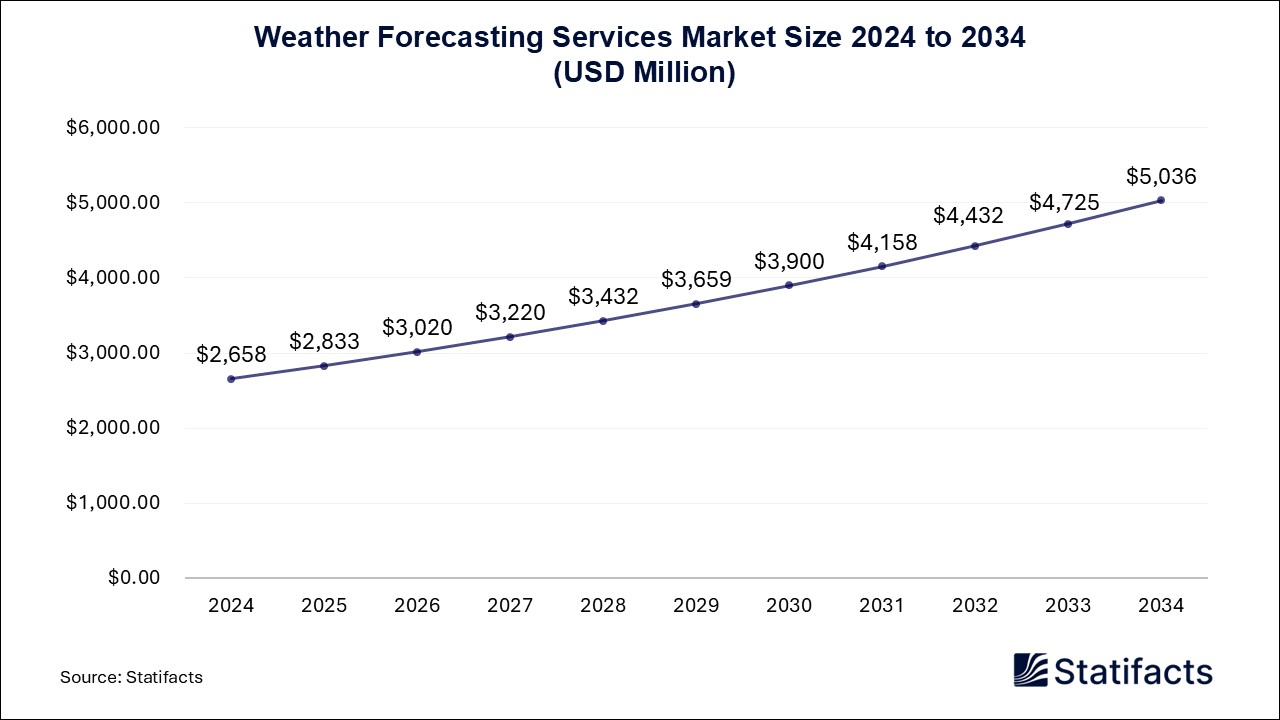

Our customers work more efficiently and benefit from
The global spine surgery robots market size was estimated at USD 208 million in 2024 and is projected to be worth around USD 687.55 million by 2034, growing at a CAGR of 12.7% from 2025 to 2034.
| Industry Worth | Details |
| Market Size in 2025 | USD 234.42 Million |
| Market Size by 2034 | USD 687.55 Million |
| Market Growth Rate from 2025 to 2034 | CAGR of 12.7% |
The spine surgery robots market deals with the use of technologically advanced medical devices or systems used to treat any abnormality in the spinal cord while focusing on the accuracy, steadiness, and efficiency of these surgeries. These robots provide assistance to healthcare professionals, especially surgeons dealing with intricate spinal surgical procedures such as spinal fusion, disc replacement, and fracture fixations. The robots are chiefly illustrated into three types: shared controlled systems, supervisory robots, and telesurgical robots. The robot arms enable the specific positioning of implants and pedicle screws in the spine utilizing real-time routing, resulting in precise and uniform consequences for patients.
The minimally invasive surgical techniques are being utilized for the betterment of spine surgeries greatly, thus making it a key factor for the growth of the spine surgery robots market. This method of surgery is performed using robots to curtail the wounds or surgical cuts through skin and tissues, causing a lessening of postoperative pain, blood loss, technical hitches, hospital breaks, and therapy time. These surgical systems provide advantages that are visible to both patients and healthcare professionals. The composition of the spine is complicated. Yet with the support of robots, steering of the same becomes simpler. Also, robotic systems facilitate improved conception and more elasticity of surgical instruments for surgeons. The acceptance of spine surgery robots, thus, keeps thrusting while causing the market to expand.
There is further growth in the spine surgery robots market due to increasing automation, which is paving the way for increased efficiency and meticulousness in the surgical department. The doctors utilize automation in spine surgeries for particular tasks like drilling or pedicle screw placement under their observation. The interference of surgeons is limited by the robots as they operate or take up tasks assigned to them and execute the same. The team of doctors can thus pay attention to patients while taking care of their needs. The time saved during the surgery can be routed towards speaking to the patients as well as their family members. The emotional and mental well-being of patients can thus be taken care of post-surgery. The advent of automation in spinal surgery and the overall welfare of the patients go hand in hand, hence increasing the demand in the spine surgery robots market.
The AI-powered surgical robots are able to plan surgeries and develop schedules that are necessary during spine surgeries. The surgeons make use of these robots to shed light on AI algorithms that help collect clinical data and program the spine surgery robots accordingly. Reviewing the image and diagnosing a patient is crucial for making surgery-related decisions for doctors. The spine surgery robots can put together preoperative, intraoperative, and operation-related patient data using Artificial Intelligence. Along these lines, healthcare professionals are looking forward to using AI-driven robots during spine surgeries, given their ability to abate post-operative complications and accomplish the best possible treatment designed to address the needs of specific patients. AI-based technology is leading to breakthroughs in the spine surgery robots market.
In general, patients rely on healthcare professionals with a great amount of trust. They are hopeful about their well-being and want to ensure that the treatment they get is the best possible one. However, the use of robotics in surgeries can make them question their health and stay more worried. Whether or not the systems would work carefully and the results may not be as expected are the critical thoughts running through the patients’ minds before surgery. No matter how advanced the technologies get, the chances of malfunctions and errors still exist. The outcomes of the spine surgery robots are yet to gain ample conviction from the patients as well as the doctors. This can prove to be a strong challenge for the spine surgery robots market.
Spinal surgeries can now be performed with the assistance of robots. These surgeries have become a necessity since the number of elderly people keeps escalating globally. The spine surgery robots continue to reduce complications and save time for patients. As a consequence of this, robotic surgeries are gaining traction and will persist to do so. By learning how robotic surgeries work, surgeons and trainees, in particular, have a bright future ahead of them. As the awareness among young neurosurgery residents about Robotic-Assisted Spine Surgery (RASS) increases, they can work with more ease and focus on the core domains of spinal surgery.
Published by Laxmi Narayan , March 2025
For any questions about this dataset or to discuss customization options, please write to us at sales@statifacts.com
| Stats ID: | 8124 |
| Format: | Databook |
| Published: | March 2025 |
| Delivery: | Immediate |
| Price | US$ 1550 |

| Stats ID: | 8124 |
| Format: | Databook |
| Published: | March 2025 |
| Delivery: | Immediate |
| Price | US$ 1550 |

You will receive an email from our Business Development Manager. Please be sure to check your SPAM/JUNK folder too.

Unlock unlimited access to all exclusive market research reports, empowering your business.
Get industry insights at the most affordable plan
Stay ahead of the competition with comprehensive, actionable intelligence at your fingertips!
Learn More Download
Download

